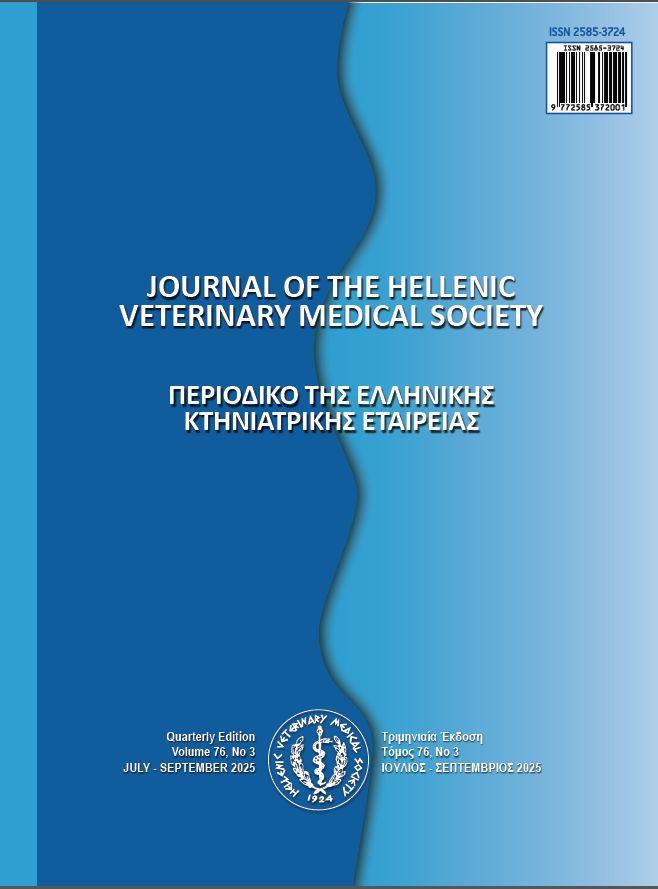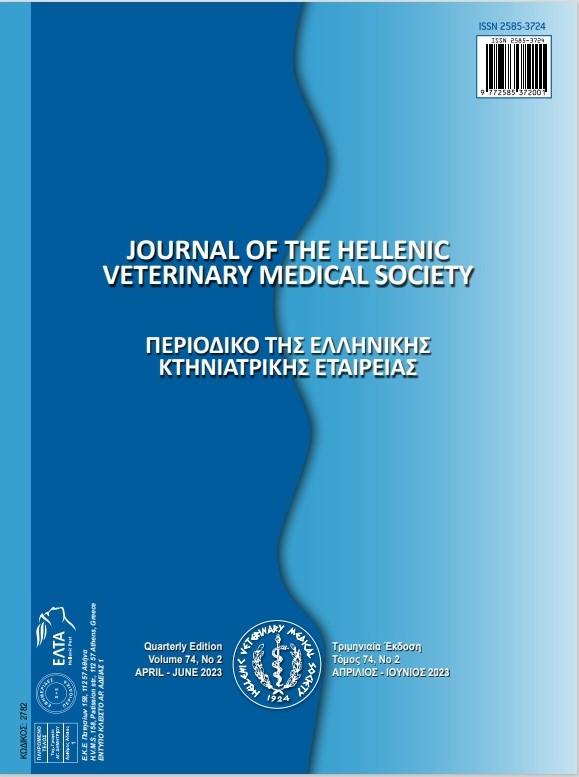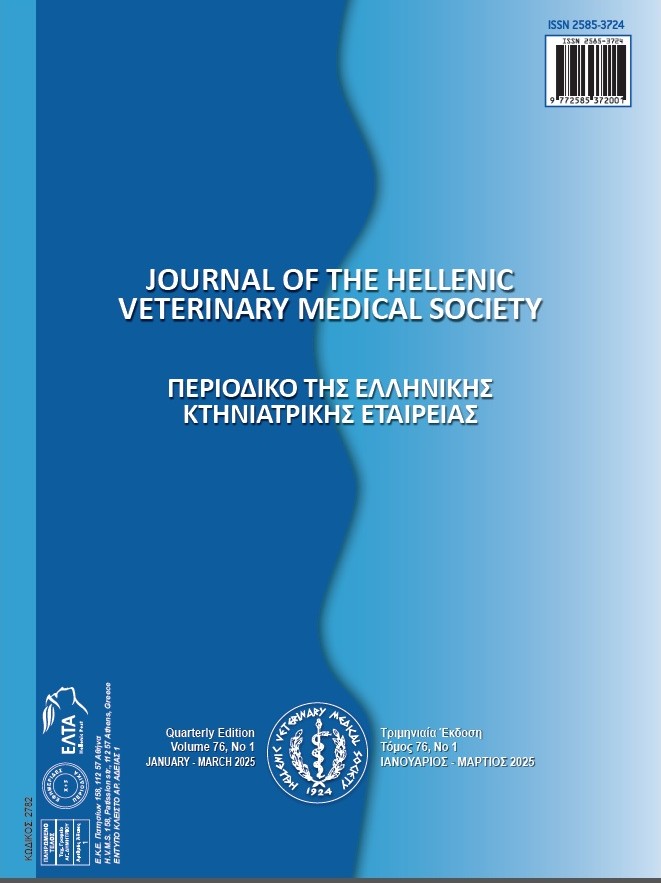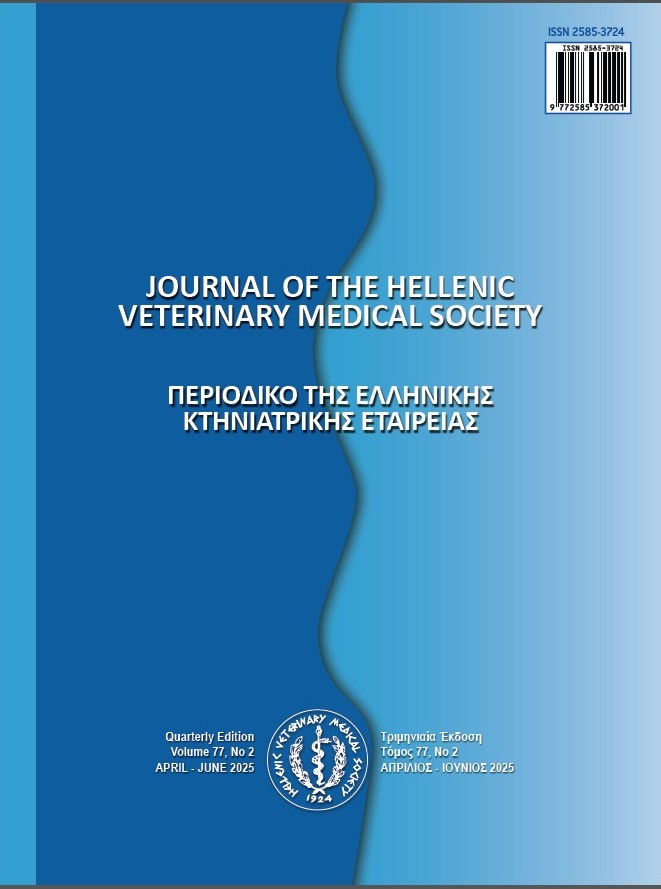Determination of organochlorine compounds in the starry sturgeon (Acipenser stellatus) in different áreas of the Caspian Sea

Abstract
Nowadays, the presence of organochlorine pesticides in aquatic ecosystems is one of the main environmental concerns, due to the persistent, bioaccumulative and toxic nature of these compounds. In the Caspian Sea, the largest inland body of water in the world, there is a unique ecosystem, which is inhabited by extremely valuable species, like sturgeons. In view of that preoccupation for the aforementioned pesticides, and the critical state of the sturgeon population, our aim in this work was to evaluate their concentration in those animals throughout the Caspian Sea. For this purpose, a total of 40 adult starry sturgeons was obtained within a repopulation programme in the northern and southern coastal waters of this sea. First, the marginal pectoral fin was extracted from them, and then they were set free. The samples from each area were analysed together, and the concentration of several pesticides was ascertained. The latter were lower than the quantification limit for most of the organochlorine compounds evaluated in the different regions investigated. However, it was possible to quantify aldrin, epoxyheptachlor, heptachlor, D.D.E and dieldrin. Given the scant fat content in the study matrix, the detection of some organochlorine substances above the quantification limit in the samples obtained in this work was a reason for concern. That is why we recommend going on evaluating and adopting measures to alleviate organochlorine pollution in this region.
Article Details
- How to Cite
-
Bakhshalizadeh , S., Nasibulina, B., Kurochkina, T., Ali, A., Mora-Medina, R., & Ayala-Soldado, N. (2025). Determination of organochlorine compounds in the starry sturgeon (Acipenser stellatus) in different áreas of the Caspian Sea. Journal of the Hellenic Veterinary Medical Society, 76(3), 9697–9700. https://doi.org/10.12681/jhvms.39803
- Issue
- Vol. 76 No. 3 (2025)
- Section
- Research Articles

This work is licensed under a Creative Commons Attribution-NonCommercial 4.0 International License.
Authors who publish with this journal agree to the following terms:
· Authors retain copyright and grant the journal right of first publication with the work simultaneously licensed under a Creative Commons Attribution Non-Commercial License that allows others to share the work with an acknowledgement of the work's authorship and initial publication in this journal.
· Authors are able to enter into separate, additional contractual arrangements for the non-exclusive distribution of the journal's published version of the work (e.g. post it to an institutional repository or publish it in a book), with an acknowledgement of its initial publication in this journal.
· Authors are permitted and encouraged to post their work online (preferably in institutional repositories or on their website) prior to and during the submission process, as it can lead to productive exchanges, as well as earlier and greater citation of published work.





